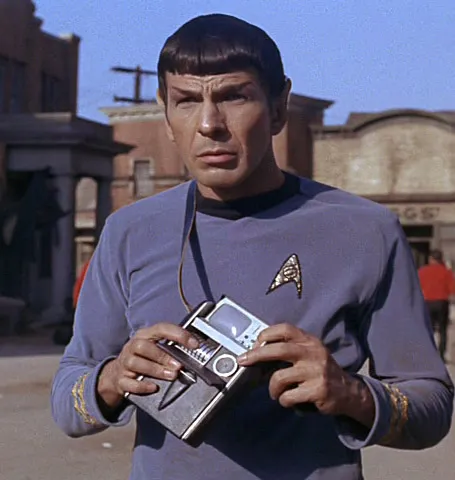The diagnostic tool made famous on Star Trek is now the subject of a challenge by the X-Prize Foundation: build a real-life, working version of the tricorder, and you will win $7 million! In a partnership with Qualcomm, the foundation has a total of $10 million to give out to one lucky winner and two also-lucky runners-up if they can recreate the device and invent a new step in diagnostic medicine. Let’s just hope no one tries to genetically engineer tribbles, amirite?
As Blastr points out, our most reliable source of diagnostic technology is a bulky, expensive, often claustrophobic one: the MRI (magnetic resonance imagery) machine. However, all Spock ever had to do with the tricorder was wave it around an organic being like a futuristic metal detector and find out where they come from or if something was up. And that sounds like a much more appealing method of detection than wedging yourself inside of something not unlike a coffin and remaining motionless.
And yes, we are aware that the tricorder was not exclusively used as a medical device. But that’s what the X-Prize Foundation is looking for:
Ultimately, this tool will collect large volumes of data from ongoing measurement of health states through a combination of wireless sensors, imaging technologies, and portable, non-invasive laboratory replacements. …
The winners will be the three solutions achieving the highest diagnostic score regarding a set of 15 distinct diseases in a group of 15-30 people in three days (full details will soon be available in the Competition Guidelines). This diagnosis must be performed in the hands of a consumer, independently of a healthcare worker or facility.
So far, the only guidelines concern the size of the device (less than five pounds) and the time frame (three and a half years). Would it be a major revolution in medical technology, making diagnostic medicine less invasive and that much cooler (because, come on, Star Trek, you guys!)? Absolutely! Is it possible? We’ll know in three and a half years!
(via Blastr)








Published: Jan 11, 2012 04:16 pm